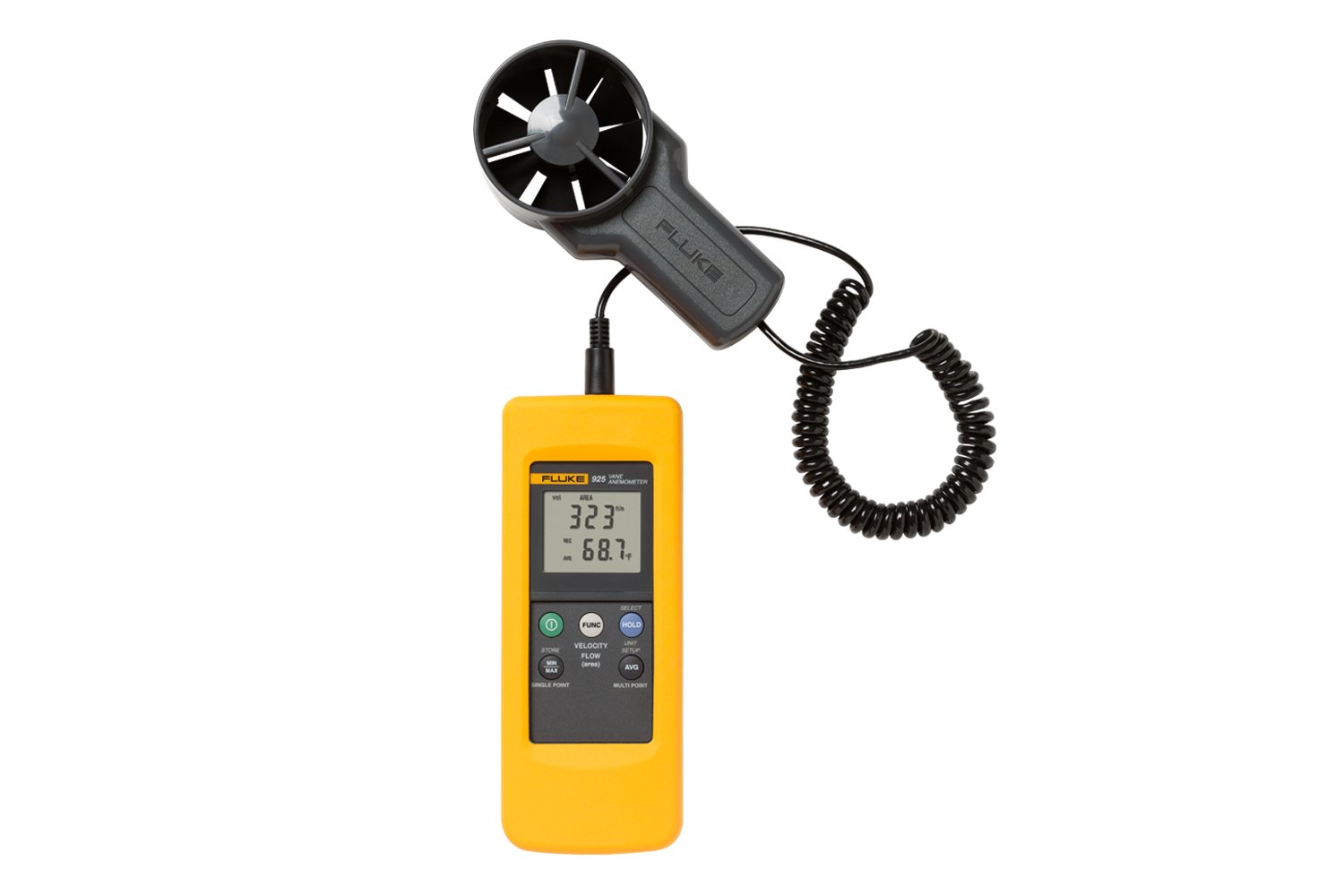How an Anemometer Can Enhance Your Weather Tracking System
How an Anemometer Can Enhance Your Weather Tracking System
Blog Article
Exploring the Functions and Advantages of Anemometers for Climate Fanatics and Experts
From cup anemometers to sonic anemometers, each type brings its distinct collection of advantages and applications, dropping light on numerous aspects of climatic problems. As we dig right into the features and advantages of anemometers, a deeper understanding emerges not only of dominating weather phenomena yet likewise of the broader effects for markets like wind power manufacturing and environmental study.
Significance of Anemometers in Climate Surveillance
Anemometers play a critical role in weather condition monitoring by giving exact measurements of wind rate, assisting in projecting and understanding weather patterns. These instruments, varying from traditional mug anemometers to modern ultrasonic anemometers, are crucial for meteorologists, researchers, and weather lovers alike.

Kinds of Anemometers and Their Applications
The most common kinds of anemometers consist of mug anemometers, vane anemometers, hot-wire anemometers, and ultrasonic anemometers. Mug anemometers are composed of 3 or 4 cups installed on straight arms that turn with the wind, measuring its rate. Vane anemometers, on the other hand, make use of an openly revolving vane to align with the wind instructions, giving both wind rate and direction dimensions.
Cup anemometers are suitable and durable for basic weather monitoring, while vane anemometers are preferred for directional dimensions. Ultrasonic anemometers are non-intrusive and use high precision, typically utilized in research study and specialized weather condition monitoring applications.
Benefits of Making Use Of Anemometers in Projecting
In meteorology, the use of anemometers supplies important advantages for enhancing the accuracy of climate projecting. Anemometers gauge wind rate and instructions, offering crucial information for forecasting weather condition patterns. By integrating wind information into projecting models, meteorologists can better understand the activity of weather systems, prepare for changes in weather, and issue more specific projections.
Additionally, anemometers play an important role in examining possible weather condition threats. Keeping an eye on wind rates assists forecasters predict serious climate events such as cyclones, twisters, and wintertime tornados with better precision. This very early caution system makes it possible for authorities to provide timely alerts and carry out needed safety steps, decreasing the threats to life and property.
Furthermore, anemometers help in optimizing renewable resource manufacturing. By evaluating wind patterns, meteorologists can determine suitable locations for wind ranches and anticipate energy output, adding to the effective generation of wind power.

Anemometers in Wind Energy Manufacturing
Offered the vital duty anemometers play in giving exact wind data for weather condition forecasting and threat assessment, their i loved this value includes the world of wind power production. Anemometers are essential tools in the area of wind energy, where the measurement of wind rate and instructions is critical for identifying the feasibility and efficiency of wind turbine setups. By precisely gauging wind speeds at differing elevations, anemometers help maximize the positioning and layout of wind turbines to take full advantage of energy output.
In wind farms, anemometers are tactically positioned to accumulate real-time wind data that is utilized to assess the prospective power manufacturing of a website. This data contributes in identifying the economic stability of wind energy projects and in projecting power generation to make sure grid stability. In addition, anemometers help in keeping an eye on wind conditions to maximize generator performance, prevent damage from high winds, and make certain the safety and security of workers working in the vicinity of wind generators.
Enhancing Weather Understanding With Anemometers

Anemometers play a crucial role in enhancing our understanding of microclimates. These localized climate condition can vary significantly from wider local forecasts, making it necessary to have exact data for certain locations. anemometer. By purposefully putting visite site anemometers in different places, researchers can collect comprehensive information on exactly how wind acts in various terrains, metropolitan environments, or bodies of water
Moreover, recommended you read anemometers add to boosting climate forecasting designs by supplying real-time data on wind behavior. This information is particularly valuable for anticipating extreme climate occasions, maximizing agricultural practices, and supporting markets like aviation and maritime navigating. On the whole, anemometers are invaluable tools that enable us to dive much deeper into the complexities of climate systems, eventually bring about more exact predictions and better-informed choices.
Verdict
Finally, anemometers play an important function in weather surveillance and forecasting by gauging wind rate and direction. They are important tools utilized by weather lovers and specialists to collect precise data for forecasting weather condition patterns and assessing prospective effects. Anemometers also have applications in wind energy manufacturing, additional highlighting their significance in both meteorology and renewable power markets. Overall, anemometers add to improving our understanding of climate sensations and boosting forecasting capacities. anemometer.
From cup anemometers to sonic anemometers, each kind brings its one-of-a-kind set of applications and advantages, shedding light on various facets of atmospheric conditions. These tools, ranging from conventional cup anemometers to modern ultrasonic anemometers, are important for meteorologists, scientists, and weather fanatics alike. The most common types of anemometers include cup anemometers, vane anemometers, hot-wire anemometers, and ultrasonic anemometers. Cup anemometers are ideal and robust for general weather condition monitoring, while vane anemometers are preferred for directional measurements. Anemometers are essential tools in the field of wind energy, where the measurement of wind speed and direction is critical for establishing the expediency and efficiency of wind turbine installments.
Report this page